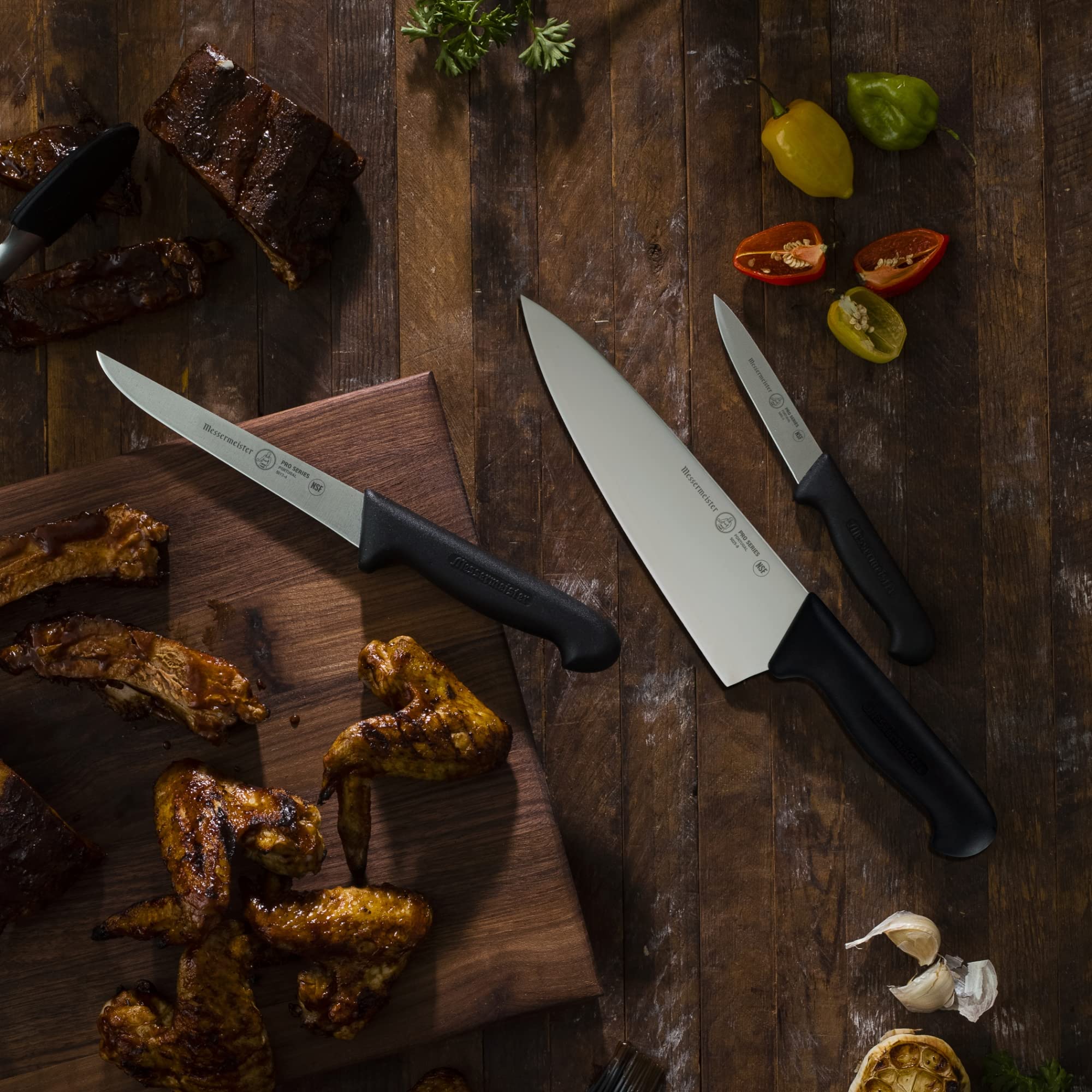Every cut in the kitchen tells a story—and using the right knife can make the tale smoother, safer, and more satisfying.
Trusted Brands with a Sharp Legacy

When choosing a quality knife, it's worth considering heritage brands built on centuries of craftsmanship:
-
Wüsthof: Founded in Solingen in 1814, Wüsthof is one of the largest and most respected chefs’ knife manufacturers. Known for precision-forged blades and innovative design, their Classic and Grand Prix lines routinely top "best chef’s knife" lists.
-
Shun: Crafted in Seki, Japan, Shun knives blend 800 years of Japanese blade-smithing with modern, razor-sharp Damascus steel. They stand out for aesthetic elegance and refined performance.
-
Carl Mertens: A Solingen-born brand founded in 1919 as a blade-sharpening subcontractor, Carl Mertens expanded into high-end cutlery and designer flatware. Their kitchen knives—such as the “Country” and “Metz” series—are drop-forged from chrome–molybdenum–vanadium steel, hardened to ~58 HRC, and finished with artisanal wooden handles. They often earn awards and are showcased in museums like the MoMA .
Here’s how to match the perfect blade to the task:
1. The All-Rounder – Chef’s Knife (8″)

When to use it: Chopping, slicing, dicing, and mincing—your everyday go-to.
Highlight product: J.L. Hufford 8″ Extra Wide Chef’s Knife — forged in Solingen, Germany with premium X50CrMoV15 stainless steel, ergonomic triple-rivet handle, and limited lifetime warranty. Perfect for tackling robust veggies like squash, with a wide blade that keeps your knuckles safe .
2. Precision Work – Paring Knife (3–4″)

When to use it: Peeling, trimming, deveining shrimp, or scoring.
Why it matters: Small blade = big control. Excellent for detailed cuts on fruits and vegetables. Pair with a Chef’s Knife for big jobs, and you’re covered.
3. Crisp & Clean Cuts –

Knife (5–7″)
When to use it: Fine slicing, chopping vegetables, and creating thin cuts—especially rice, fish, or Asian-style prep.
Bonus: Many Santokus (like hollow‑edge models) have air pockets to reduce stickiness .
4. Tough/Niche Cuts – Specialty Knives

-
Bread knife – serrated for crusty breads.
-
Carving knife – long, slender blade for meats.
-
Boning/fillet knife – flexible, thin blade for clean removals.
-
Steak knives – tabletop use; comfort and blade quality matter.
Suggested set:
The Wüsthof Classic 15‑piece Acacia Knife Block Set includes essentials like an 8″ cook’s knife, santoku, paring, bread and carving knives, steak knives, shears and honing steel – perfect for well‑rounded kitchens jlhufford.com+1Milled+1.
🛠️ Care & Maintenance

-
Hone weekly – Resets edge.
-
Sharpen when needed – Use whetstones or a quality sharpener.
-
Hand wash & dry – Avoid dishwashers.
-
Protect your blade – Store in a block, magnetic strip, or sheath jlhufford.com+7jillhough.com+7jlhufford.com+7.
📝 Putting It All Together

| Task | Recommended Knife(s) |
|---|---|
| Chopping veggies | 8″ Chef’s Knife |
| Precise peeling | 3–4″ Paring Knife |
| Thin veggie slicing | 5–7″ Santoku Knife (hollow‑edge optional) |
| Bread slicing | Serrated Bread Knife |
| Meat carving | Long, non-serrated Carving Knife |
| Dinner table service | Quality Steak Knives |
🛍️ Upgrade Tip: Start with a quality chef’s knife like the J.L. Hufford 8″ Extra Wide Chef’s Knife, then build your collection with a paring knife and Santoku. Consider a block set later for versatility.


